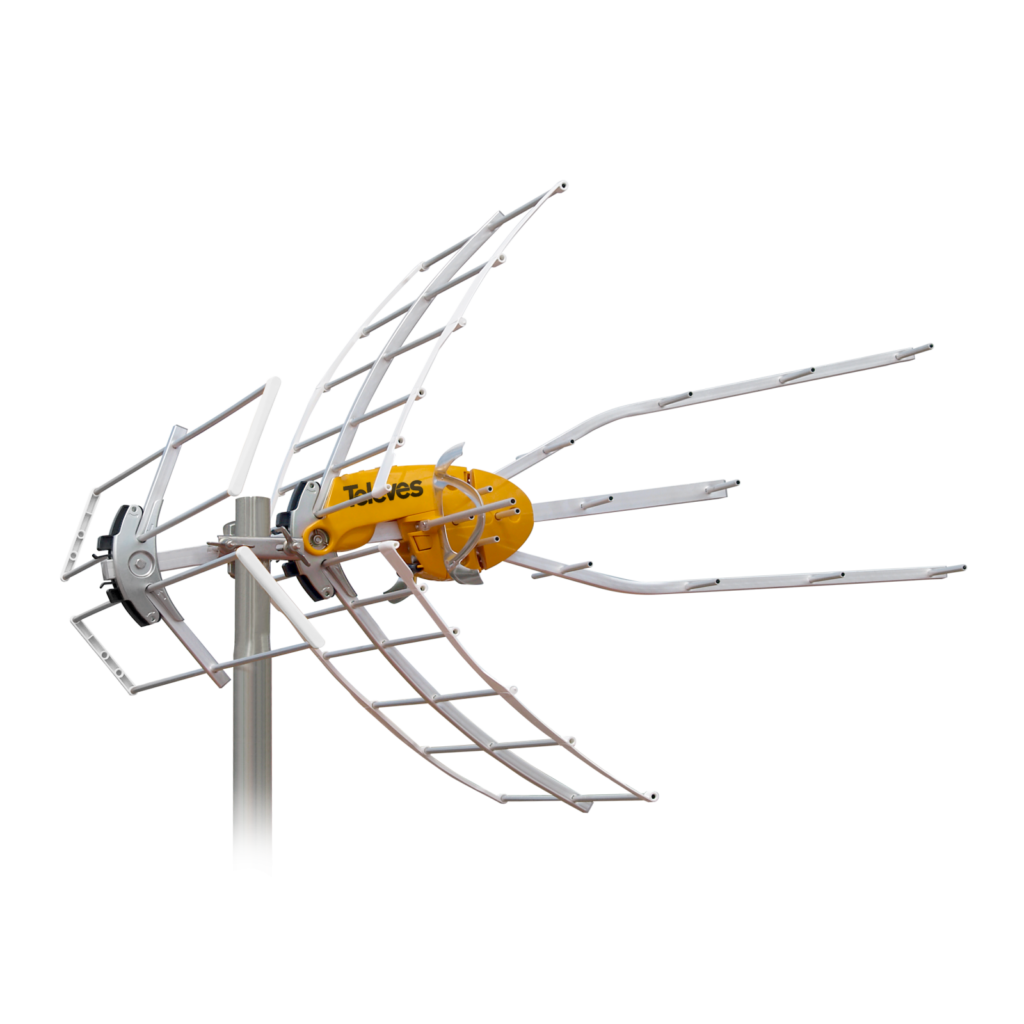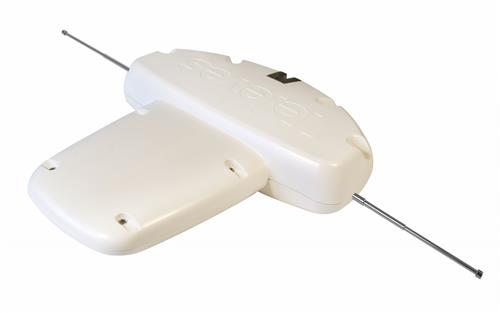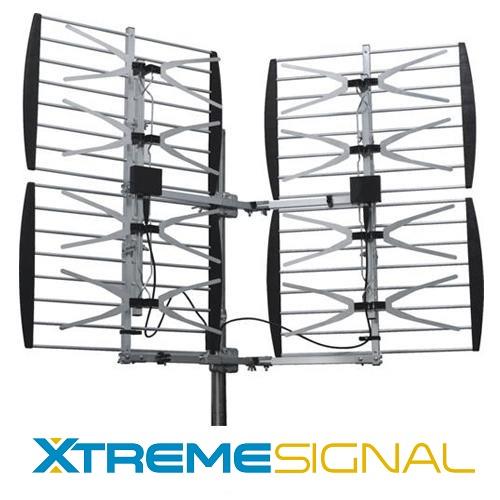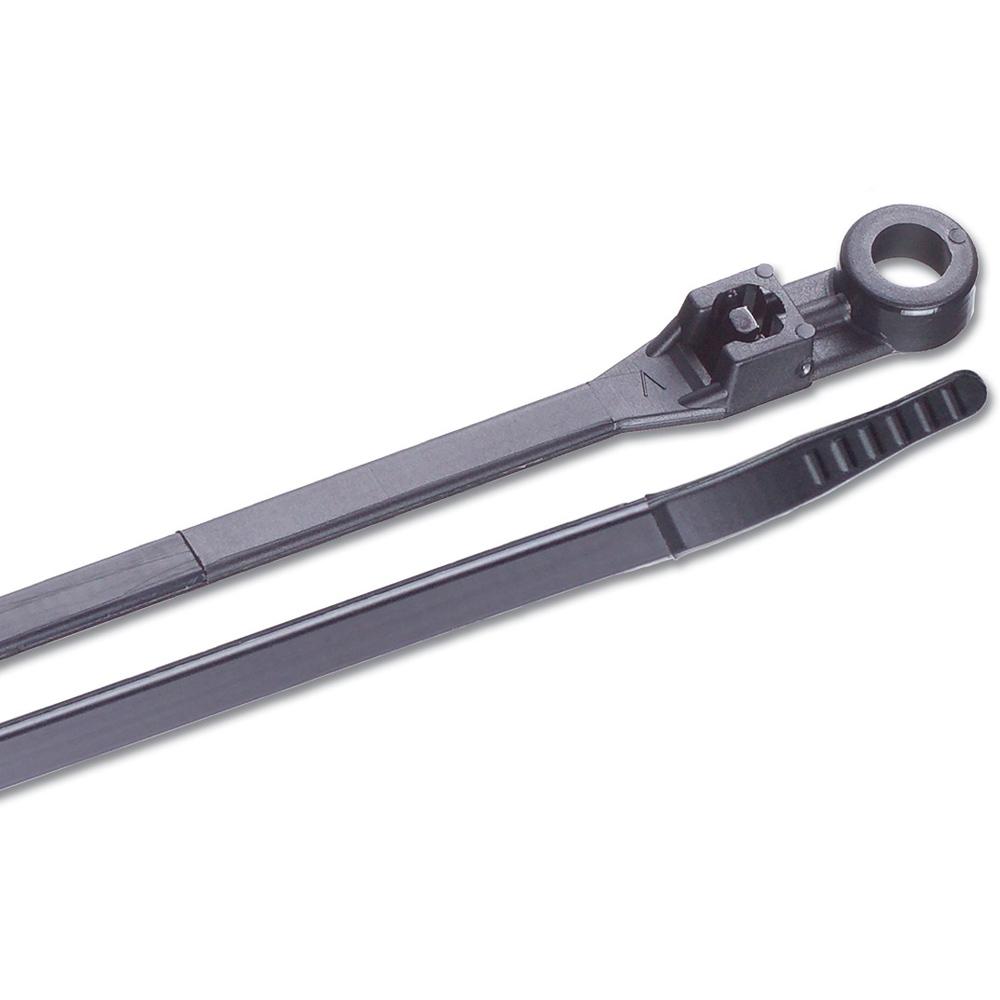This is it… the big finish. Let’s wrap up our series on antenna terminology with a bang! Only five letters left!

VHF-High describes the range of channels from 7 through 13, at 147-216MHz. If you do need an antenna that gets VHF frequencies, it probably only needs to pick these ones up. There are a few areas of the country where you will definitely need an antenna that picks up channels 2-6. If you’re not sure what you need, call the experts at Solid Signal.

Obviously the point of using an antenna is to avoid running a wire from the television production site. Cable TV distribution is all wired, of course, but even cable companies will use antennas and satellite dishes to get their signal rather than run long wires to the production sites. TV antennas pull in signals without needing a wire, but of course you do need to connect a wire to them in order to get those signals to your TV. While a true wireless system would be cool, it would violate a lot of FCC rules.

Sometimes bowtie antennas have open ends, and the element forms the shape of an “X.” Xtreme Signal antennas use this design to give you the best possible reception while keeping the price reasonable. You don’t need the extra metal, and it would just cost us more money.

The term “Yagi” comes from the name of one of its inventors. A Yagi antenna has many elements of different sizes placed so that they don’t interfere with each other. Each element is specifically designed to pick up a different frequency range. Yagi antennas are often confused with Log-Periodic antennas, which have a wire going to each one of those horizontal elements. Yagi antennas don’t — they just use those elements to focus the signal on one point, like the loop you can see on the left side of the image.

That’s the common name for a plastic tie that has a locking ratchet side. It makes a secure connection that can be tightened or released later. If you are mounting an antenna, you’ll want to connect the cable to the mast with zip ties.
If you’re interested in TV antennas, you’ll want to call the experts at Solid Signal! We have all the best brands at the best prices. Our team of antenna techs is ready to take your calls at 888-233-7563 during East Coast business hours. If it’s after hours, no problem! Fill out the form below. We’ll get back to you quickly!
The post The ABC’s of Antennas, part 5 appeared first on The Solid Signal Blog.
Continue reading...

VHF-HIGH
VHF-High describes the range of channels from 7 through 13, at 147-216MHz. If you do need an antenna that gets VHF frequencies, it probably only needs to pick these ones up. There are a few areas of the country where you will definitely need an antenna that picks up channels 2-6. If you’re not sure what you need, call the experts at Solid Signal.

WIRELESS RECEPTION
Obviously the point of using an antenna is to avoid running a wire from the television production site. Cable TV distribution is all wired, of course, but even cable companies will use antennas and satellite dishes to get their signal rather than run long wires to the production sites. TV antennas pull in signals without needing a wire, but of course you do need to connect a wire to them in order to get those signals to your TV. While a true wireless system would be cool, it would violate a lot of FCC rules.

X-SHAPED ELEMENT
Sometimes bowtie antennas have open ends, and the element forms the shape of an “X.” Xtreme Signal antennas use this design to give you the best possible reception while keeping the price reasonable. You don’t need the extra metal, and it would just cost us more money.

YAGI
The term “Yagi” comes from the name of one of its inventors. A Yagi antenna has many elements of different sizes placed so that they don’t interfere with each other. Each element is specifically designed to pick up a different frequency range. Yagi antennas are often confused with Log-Periodic antennas, which have a wire going to each one of those horizontal elements. Yagi antennas don’t — they just use those elements to focus the signal on one point, like the loop you can see on the left side of the image.

ZIP TIE
That’s the common name for a plastic tie that has a locking ratchet side. It makes a secure connection that can be tightened or released later. If you are mounting an antenna, you’ll want to connect the cable to the mast with zip ties.
Want to know more?
If you’re interested in TV antennas, you’ll want to call the experts at Solid Signal! We have all the best brands at the best prices. Our team of antenna techs is ready to take your calls at 888-233-7563 during East Coast business hours. If it’s after hours, no problem! Fill out the form below. We’ll get back to you quickly!
The post The ABC’s of Antennas, part 5 appeared first on The Solid Signal Blog.
Continue reading...

